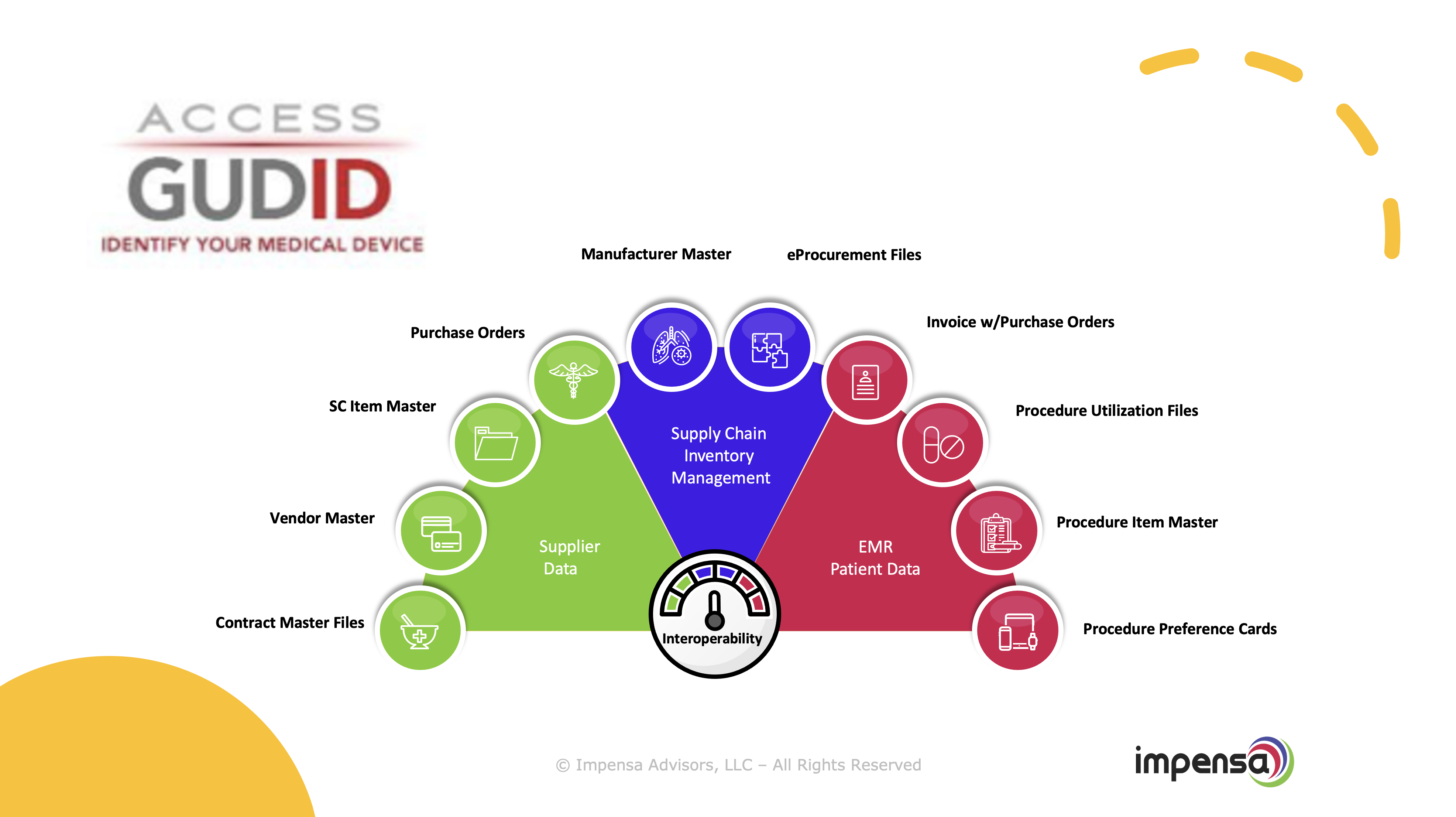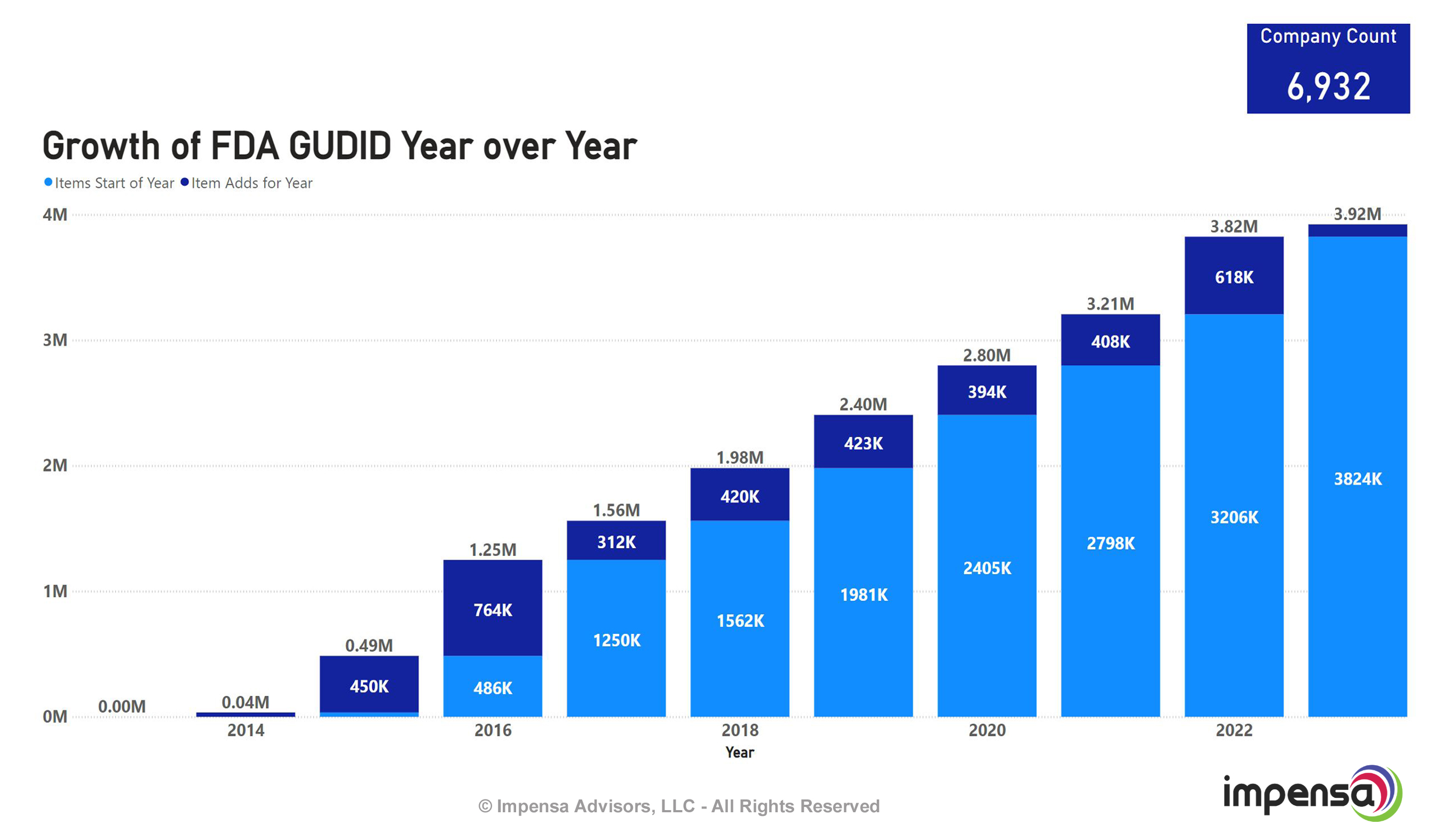“Trunk stock” delivered by medical device representatives can account for 20 to 30 percent or more of the spend for procedures in mid-size or larger hospitals. Also known as inventory in the field, trunk stock has often held negative connotations in the industry. But medical device representatives play an important role in assisting physicians with product selection, sizing, and how to use these increasingly more complex and expensive products to save or improve patient lives. Because trunk stock orders don’t go through the normal hospital ordering processes, they can create transparency and additional labor challenges later in downstream business functions and clinical analytics. Trunk stock orders cause hospitals using third-party purchase order analytics to miss a big part of the picture as well.
Let’s first take a look at the specific obstacles you face in dealing with trunk stock items, before we explore how they can be better managed.
Eluding the Ordering Process Adds Complexity and Inefficiencies
Usual and recurring orders for medical products are initiated and flow through purchasing department processes that utilize an “item master” inventory of products and attach important attributes. The item master provides important data such as category, classification, accounting information, pricing, and clinical information that feeds into procedure, billing, accounting, analytics, and other areas of the cost cycle management process.
However, trunk stock items usually bypass the normal ordering process because actual product part numbers are often unknown until the products are chosen during a procedure. The medical device rep or company then creates an itemized invoice for the selected products. Unfortunately, because of the large number of products available for surgical procedures, it’s very challenging and costly to anticipate and manage the enormous list of products in the hospital item master that will not be routinely purchased.
Without additional processes to account for the trunk stock products and their key details, the burden falls on downstream teams to find and add missing information as they perform their functions. Since they’re filling these data gaps on an ad hoc basis, mistakes or consistency issues can occur...and build over time. Some of the specific trunk stock challenges they face include:
- Missing a validated contract price and connection to contract terms and conditions
- Missing and inconsistent supply chain or clinical category or UNSPSC
- Missing a Unique Identifier (GTIN)
- Missing and inconsistent accounting information including GL and Activity codes
- Missing and inconsistent HCPCS or revenue code information needed for billing
- Missing item descriptions and Unit of Measure information
It’s Time to Step Up Your Trunk Stock Management
To move past the lack of transparency in trunk stock and associated issues that may be keeping you from attaining operational excellence, your hospital must invest in data and processes to move to the next level. Here are three initiatives that can help you get a better handle on your trunk stock situation:
- Allocate time and resources to regularly evaluate if your supply chain item master is set up and consistent for both routine products as well as your most common procedure area products.
- Adopt a point-of-use technology to capture all the routine and non-routine products used in a procedure and bring this detail into your cost cycle workflow.
- Integrate a contract management system that contains all GPO and local physician preference contracts into the process.
Combining these efforts, along with a data assessment of your supply chain and cost cycle processes, will help you better manage your procedure spend and run your service lines like a business. With greater transparency, you’ll finally have a more complete and accurate picture of your trunk stock!









